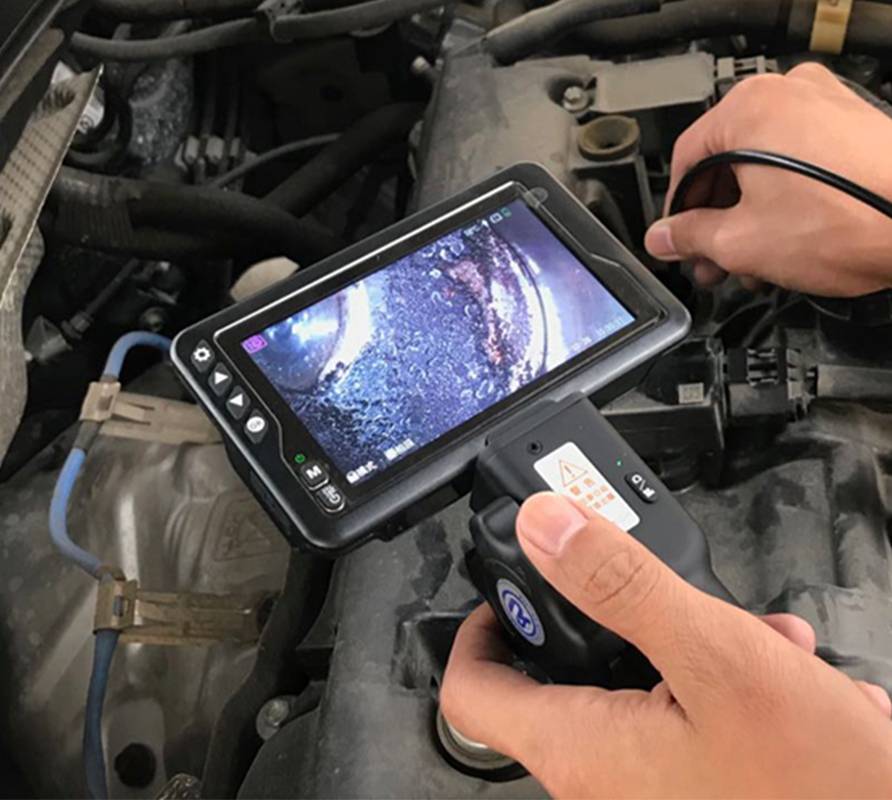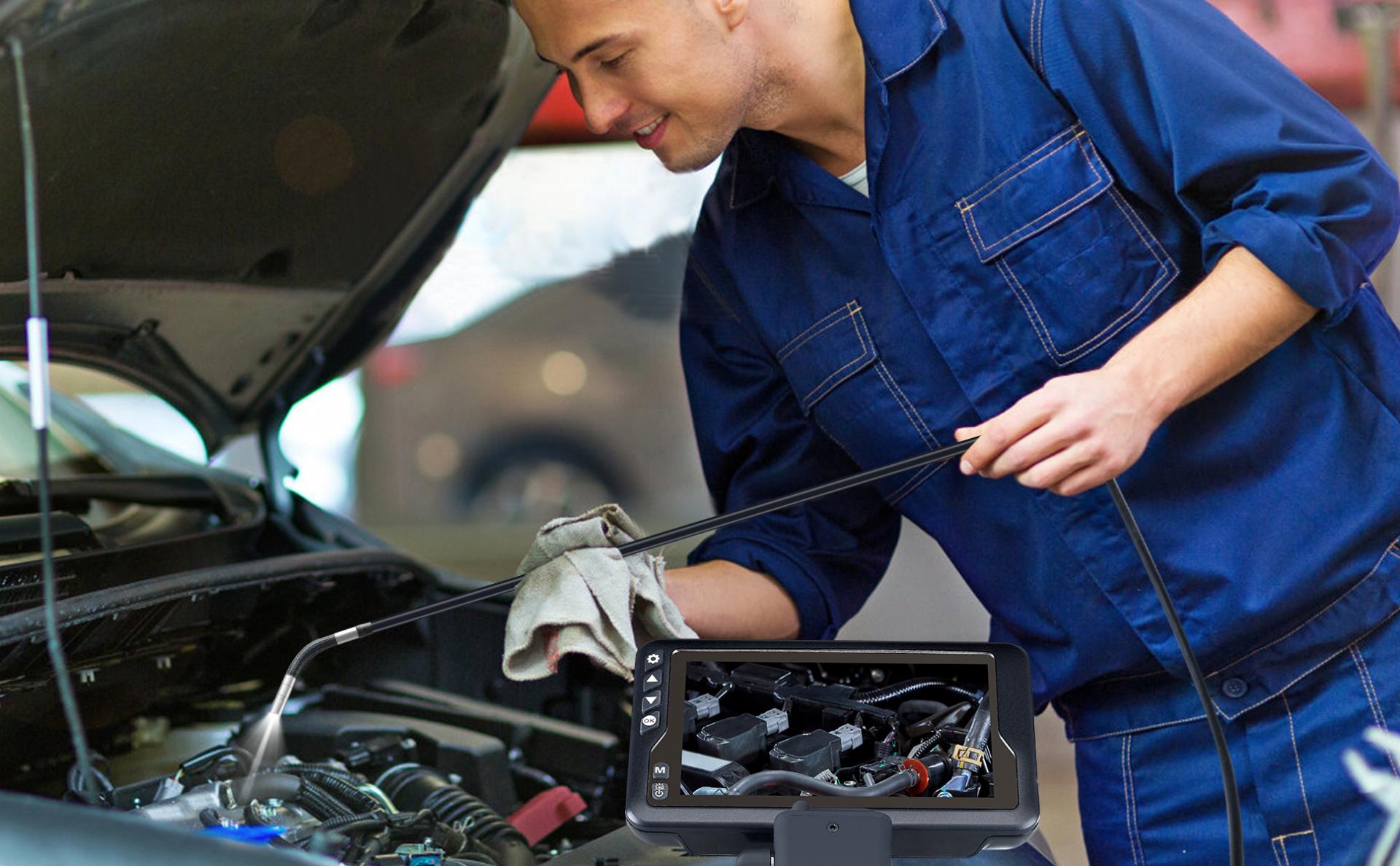 Susan
Susan  2025-12-19
2025-12-19
Using of Articulating Video Borescope in the automotive industry of the new energy
Faced with increasingly serious environmental problems, the traditional automobile industry is gradually being replaced by new vehicles that are more fuel efficient and more environmentally friendly. As we know, industrial videoscope (or articulating video borescope ) can be used to observe the interior of equipment or components without disassembly or damage, so it is widely used in the internal inspection process of traditional automobile engine, tube, casting and other various parts. In the field of manufacturing and maintenance of new fuel-efficient vehicles, articulating video borescope are gradually being used in more and more applications, such as battery detection.

The major components of the battery include the management system, thermal management system, evaporator, ventilator, air duct and so on. The articulating video borescope can be applied to the detection of battery packs of new energy vehicles, and the probe can enter the inside of the battery pack for effective surface observation, which is more convenient for batch inspection and quality management. In the production and manufacturing of parts for new energy vehicles, a large number of parts are often produced by die-casting process. Loosening of the surface, cracks, sand, air bubbles and other defects caused by the casting process can also be efficient thanks to the video scope view.

In a word, the easy-to-use convenience and intuitive and reliable characteristics of the articulating video borescope can facilitate the user to detect the area that cannot be directly observed by the human eye. The display panel is able to clearly display its internal conditions, allowing users to perform a more detailed image analysis.The RALCAM articulating video borescope can take pictures and videos, as well as capture while recording. The sensor is IP67 dust-free and leak-proof, more resistant to wear, and can be customized for oil-resistant tubes. It is convenient to use and cost-effective. An important tool in the service process is also an important test equipment for quality control of new fuel-efficient vehicles.


